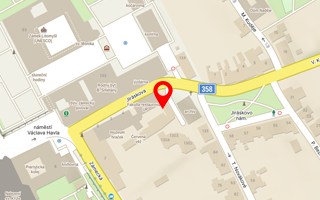Publikace detail
Italian Stucco of theTelč Chateau - Material Characteristics and Its Technological Reconstruction
Autoři:
Tišlová Renata | Waisserová Jana | Waisser Pavel | Köberle Thomas
Rok: 2014
Druh publikace: článek ve sborníku
Název zdroje: Acta Artis Academica 2014
Název nakladatele: Akademie výtvarných umění v Praze
Místo vydání: Praha
Strana od-do: 153-180
